A two-day training workshop
Where should management effort be directed? In controlling costs and ensuring proper engineering in live projects? – yes, of course, but true cost control comes by understanding, eliminating and minimising risk prior to a business committing any funds. This course studies the stages required for practical financial and business appraisals of projects and capital expenditure.
learning objectives
- Understand the economics of appraisal
- Be in control of their projects from the start
- Understand the economics of their projects – and devise the most appropriate model
- Carry out sensitivity analysis and identify risk
- Improve their methods of appraisal and approach
- Focus on the risk areas and take out risk and control costs before they over-run
Session outline
1. Introduction
- Why appraise?
- Taking risk out of investment
- The short- and long-term results of not appraising business expenditure
2. Developing an appraisal process
- The process – overall and stage-by-stage objectives
- Understand business and technical risks
- Manage resources and time
- Do you invest enough time and effort at this stage?
- Take out the risks – control costs before you are committed to contracts and action
- Checklists
3. Appraisal arithmetic
- Review of the arithmetic of appraisal
- The time value of money
- The effects of different interest or required rates
- The effects of inflation (or deflation) in prices and costs
- Understanding the economics of appraisal is essential
4. Appraisal measures
- Meaning and use of appraisal measures
- Identifying the most appropriate measures for your particular business
- Payback
- Discounted cash flow measures – NPV and IRR
- Other measures – FW, AW, Profitability Index
- The meaning of the measures and their application in practice
5. Cost benefit analysis
- The effect on decision-making of more intangible benefits
- Cost benefit analysis
- Ensuring costs are genuine
- Measuring intangible benefits
- Environmental issues
- Consideration of intangible benefits in the appraisal decision-making process
6. Developing appropriate models
- Developing models – examples of spreadsheet models and measures for many different situations
- Modelling investment opportunities – summarising outcomes
- Sensitivity analysis – identifying, quantifying and taking out risk
7. Developing an appraisal process
- The process – managing risk from the outset
- Using the process in risk management, negotiating and project management
- Take out risk by thoroughly knowing your project – developing your own process









